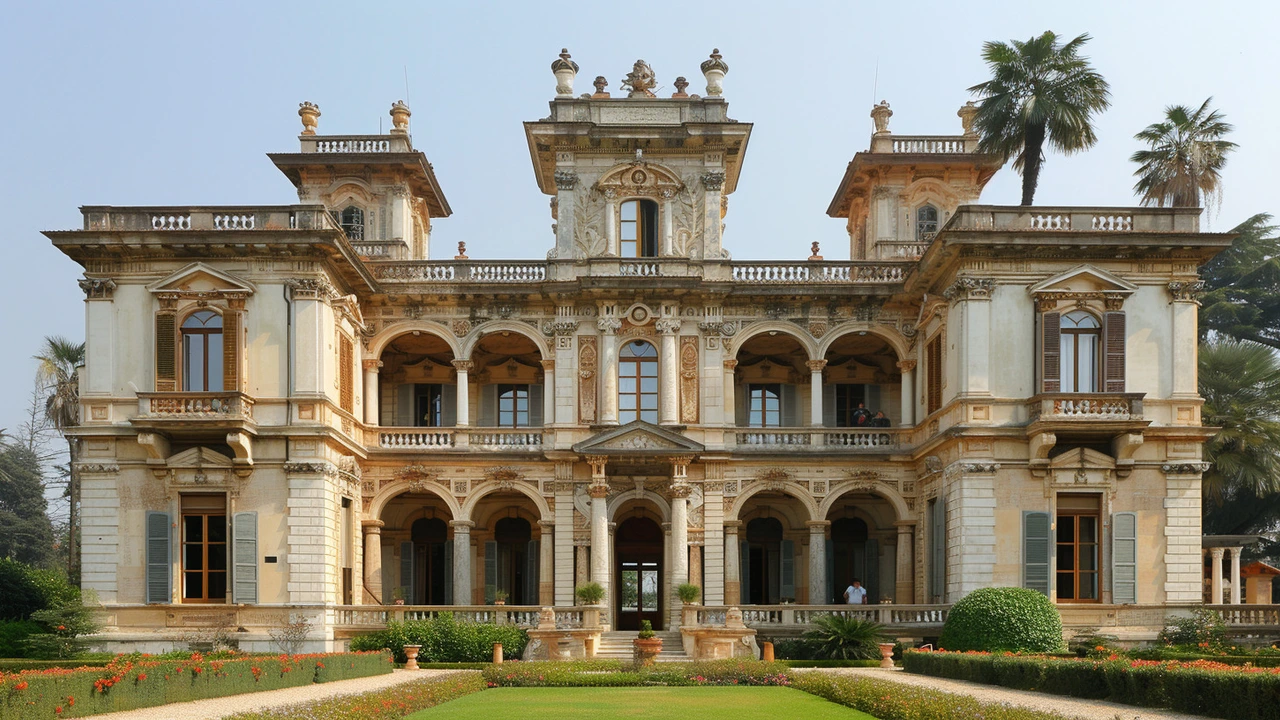Majestic Presence: What Makes a Building Feel Grand
Ever walked up to a building and felt small in the best way? That’s majestic presence — a mix of scale, shape, and detail that demands attention. You don’t need a palace to use these ideas. Understanding the building moves behind Roman, Gothic, Baroque, Beaux-Arts, and revival styles helps you spot and create that feeling anywhere.
How to spot majestic presence
Look for clear, bold choices. Big columns, wide steps, soaring arches, and tall domes are classic signals — think the Colosseum or Hagia Sophia. Symmetry and a strong central axis make facades read as formal and powerful. Heavy materials like stone and bronze add weight; ornate details (moldings, carved capitals, large windows with tracery) add drama. Light matters too: deep shadows from overhangs or vaults make forms read larger and more mysterious.
If you enjoy specific styles on Macklowe Art & Architecture, you’ll spot shared tricks across articles. Ancient Roman pieces use arches and engineering to create scale. Gothic Revival leans on vertical lines and spires to lift the eye. Beaux-Arts and Baroque favor grand staircases and richly decorated entrances that feel ceremonial.
Ways to bring majestic presence into a project
Want that sense of grandeur without overbuilding? Start with a clear focal point: a grand doorway, a tall window, or a centered staircase. Increase perceived scale by using taller baseboards, longer windows, or a high ceiling. Use materials that read solid — stone veneer, deep wood grain, matte metal. Add one or two ornate pieces (a carved lintel, a large chandelier) rather than scatter small decorations. That keeps the effect strong, not busy.
Don’t forget approach and landscaping. Steps, a framed pathway, or planted terraces slow the approach and make arrival feel important. Lighting the facade from below or through recessed niches creates dramatic shadows after dark.
Restoration and preservation matter when working with historical styles. Follow best practices: match mortar mixes for stonework, repair rather than replace carved details where possible, and keep original proportions when updating windows or doors. Articles on Beaux-Arts and Georgian preservation on this site give practical conservation tips you can apply to older homes and public buildings.
Quick checklist before you start: choose a dominant feature, maintain strong proportions, use durable materials, pick one ornate element as a hero, and plan how light will shape the facade. Use those moves and you’ll create or spot majestic presence whether you’re touring old cathedrals or tweaking a modern house.
Want examples to study? Read pieces on Ancient Roman architecture, Gothic Revival, Beaux-Arts, and Baroque across Macklowe Art & Architecture — each shows different ways architects made buildings feel unforgettable.

The Majestic Presence of Italianate Architecture in Global Cities
Well, folks, let me tell ya, there's this whole world of architecture out there that's got more flavor than an Italian grandma's Sunday gravy - it's Italianate architecture! Picture this: you're strolling down the streets of your favorite global city, and suddenly, you're met with a beautiful building that screams more Italian charm than a gondolier in Venice. You know, the kind with the ornate detailing, symmetrical shapes, and low pitched roofs. Yup, that's Italianate architecture, and it's making a big, bold, and beautiful statement across the globe. So, next time you're on a city adventure, keep an eye out for these Italian beauties; they’re the architectural equivalent of a fine Chianti in a world of boxed wines!
Read more